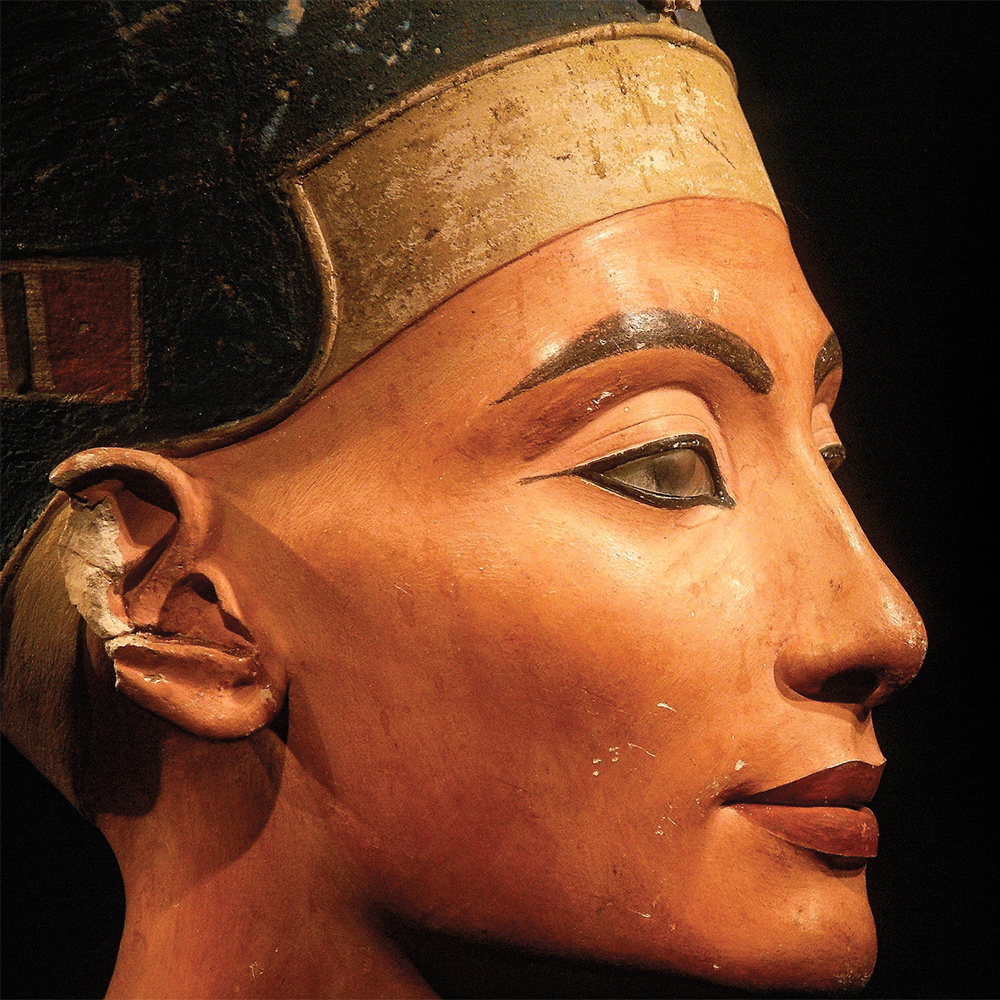
A Deep-Dive Into the History of Rhinoplasty
The American Academy of Facial Plastic and Reconstructive Surgery counts rhinoplasty as the top facial surgery for women. Here, a glance at our obsession with nose jobs through the ages.
3000 B.C.
Ancient Indians and Egyptians are credited as the first to rebuild noses. In Egypt, thieves often had their noses cut off as punishment. “Ancient inscriptions described a ‘plastic repair of a broken nose,” says Short Hills, NJ facial plastic surgeon Alexander Ovchinsky, MD. In 600 B.C., ancient Indian surgeon Sushruta described a skin graft for nasal reconstruction, says New York facial plastic surgeon Edward S. Kwak, MD: “Detailed descriptions of blood supply preservation and wound care were quite advanced for the time.”

1880
Cosmetic rhinoplasty emerged at this time on both sides of the pond by American otolayrngologist Joe Orlando Roe and German facial plastic surgeon Jacques Joseph, who are considered fathers of rhinoplasty and facial plastic surgery. These surgeons refined the basic techniques still used today. Many advances were also made during times of war in the early 1900s to reconstruct facial injuries sustained by soldiers on the battlefield. “Advanced reconstructive techniques were developed by Sir Harold Gilles during World War I, including the use of skin flaps along with cartilage grafts to reconstruct nasal deformities,” notes Dr. Kwak.

1950s
By the mid-century, the lifeline for wounded soldiers became a Hollywood staple. Marilyn Monroe, Elizabeth Taylor and Hedy Lamarr were said to have surgically perfected their noses. While pop culture contributed to the rhinoplasty boom, Scottsdale, AZ facial plastic surgeon Kelly Bomer, MD says a good result should “look as if the nose was born to the face in proper proportions, it’s best not to seek another person’s nose.“ By the ‘70s, closed rhinoplasty, where the incision is done within the nostrils, becomes a common technique. “Open rhinoplasty, where the incision is made along the columella, while originally described in ‘20s did not become popular until the ‘80s,” says Dr. Ovchinsky.
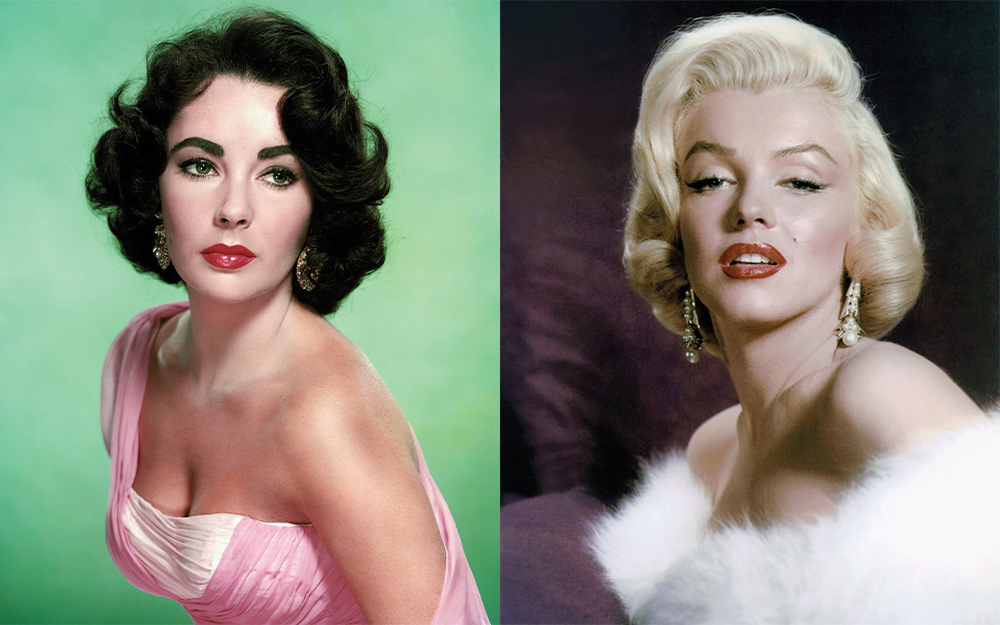
1980s
By the mid-80s, nonsurgical nose jobs using bovine collagen and silicone injections were done for mild reshaping and were eventually replaced with safer fillers like hyaluronic acid and calcium hydroxyapatite. “Filler can only correct mild irregularities,” says Stanford, CA facial plastic surgeon Sam P. Most, MD. “You can hide a bump, but you can’t make the nose smaller or lift the tip.” On the surgical front, results like Jennifer Grey’s, which she says left her unrecognizable, ushered in a move toward more conservative results.
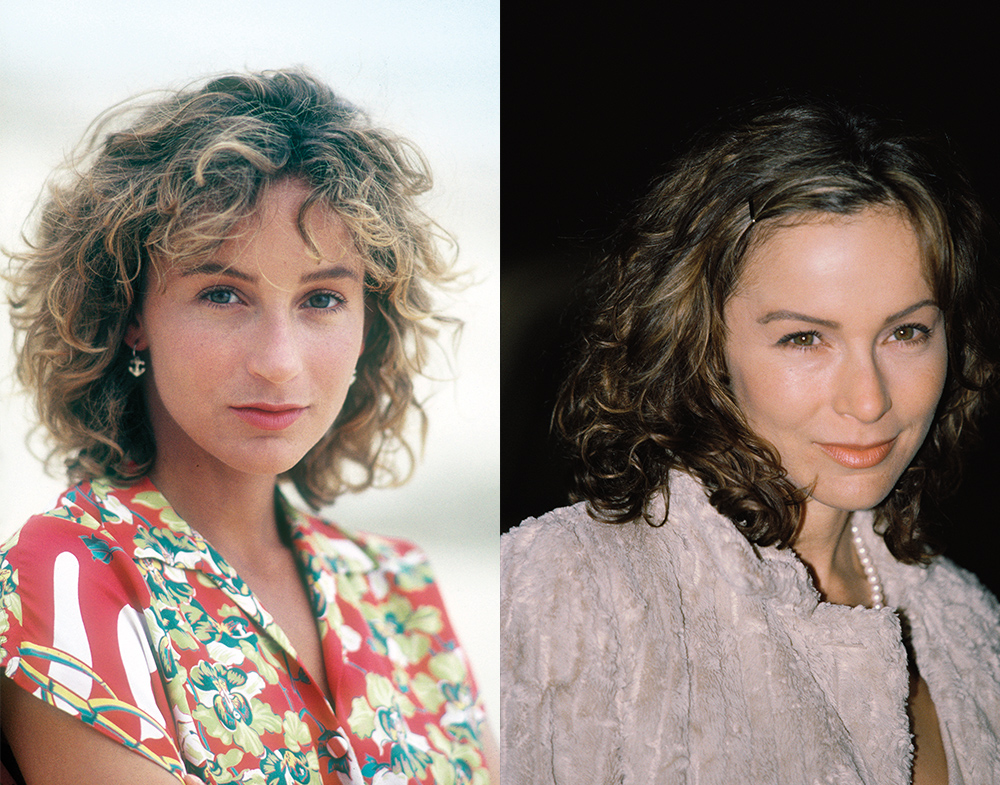
Early 2000s
Citing breathing issues, deviated septums and broken noses, celebs like Jennifer Aniston, Cameron Diaz and Tyra Banks have attributed their surgeries to improving nasal function. “Current techniques emphasize preserving the nasal anatomy and adding structural support through the use of cartilage grafts,” Dr. Kwak explains. Dr. Bomer adds that results have evolved greatly: “Before, more tissues were removed, which compromised functionality and reduced airflow; today, you can achieve beautiful results and maintain functionality.”
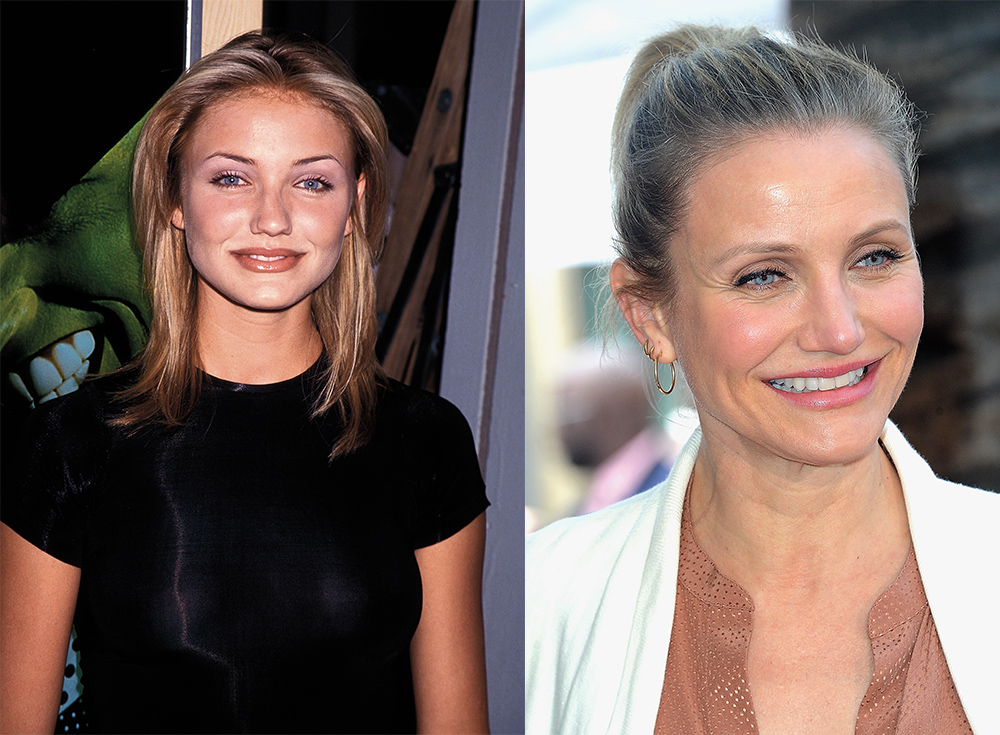
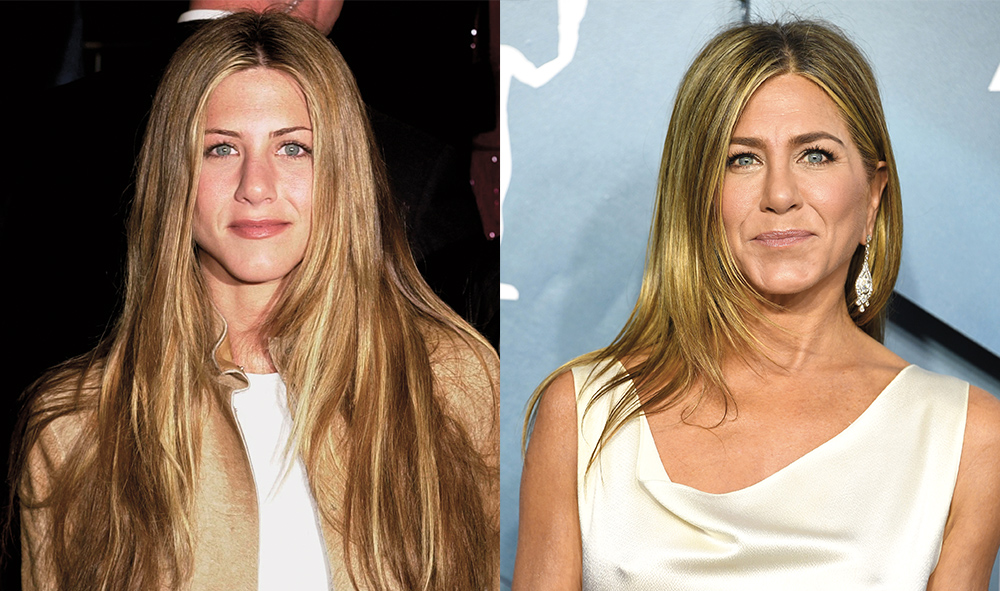
Today
The basics of nose reshaping have remained the same over time, however, various variations like ultrasound, revision and ethnic rhinoplasty are popular today. “Preservation rhinoplasty is also hot right now,” shares Dr. Most. “With this, we flatten the nose rather than cut off the top, which gives a very natural result.“ La Jolla, CA plastic surgeon Robert Singer, MD adds: “More important than the technique, technology or approach used, it is the training and artistry of the surgeon that matters.” Dr. Kwak also stresses that facial balance is key: “The nose is the centerpiece that harmonizes the face; it should not be the focal point of the face.”

Find a Doctor
Find a NewBeauty “Top Beauty Doctor” Near you